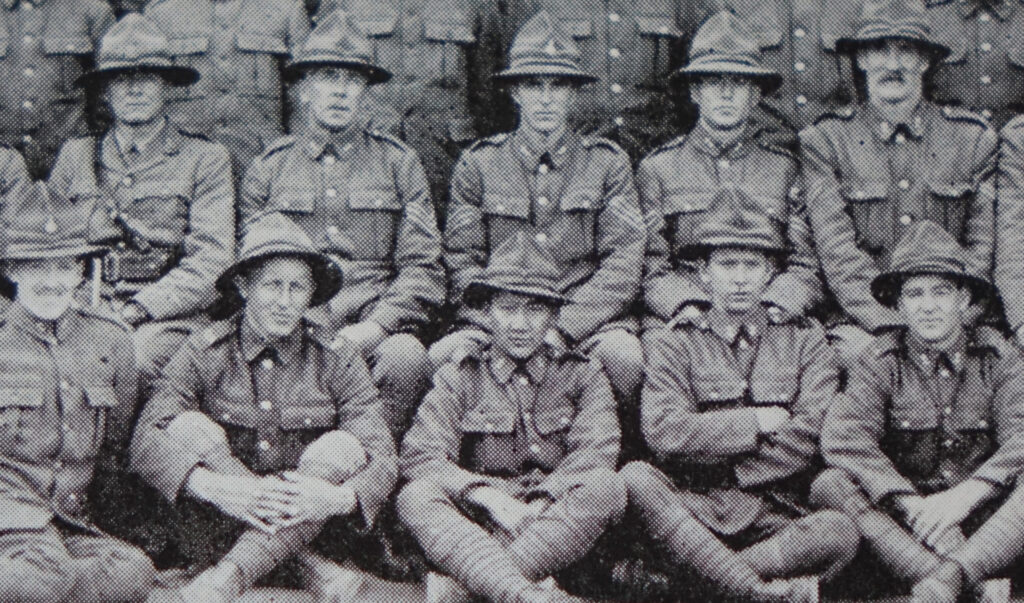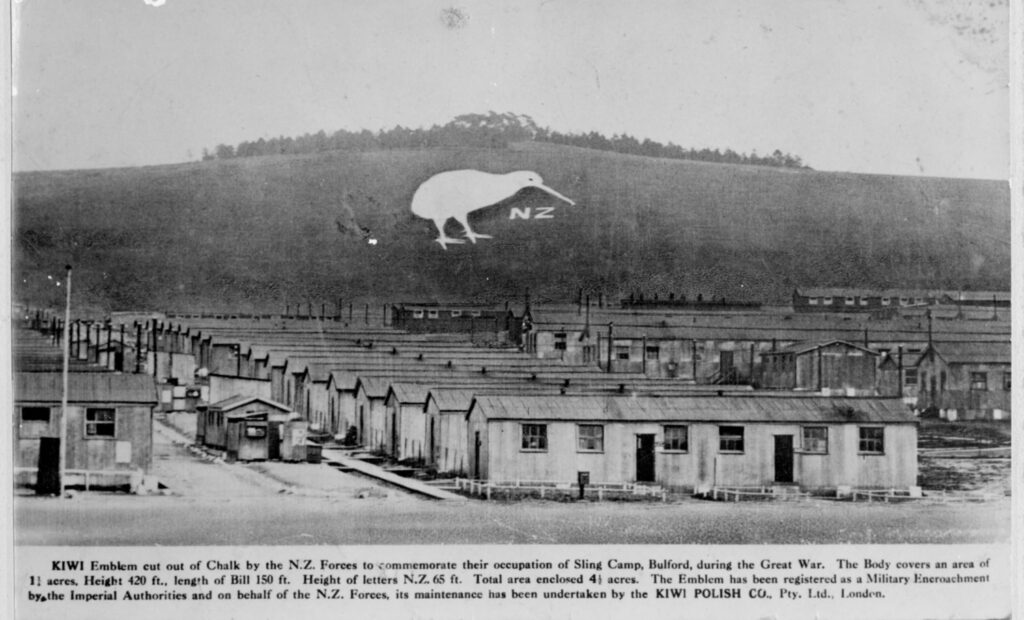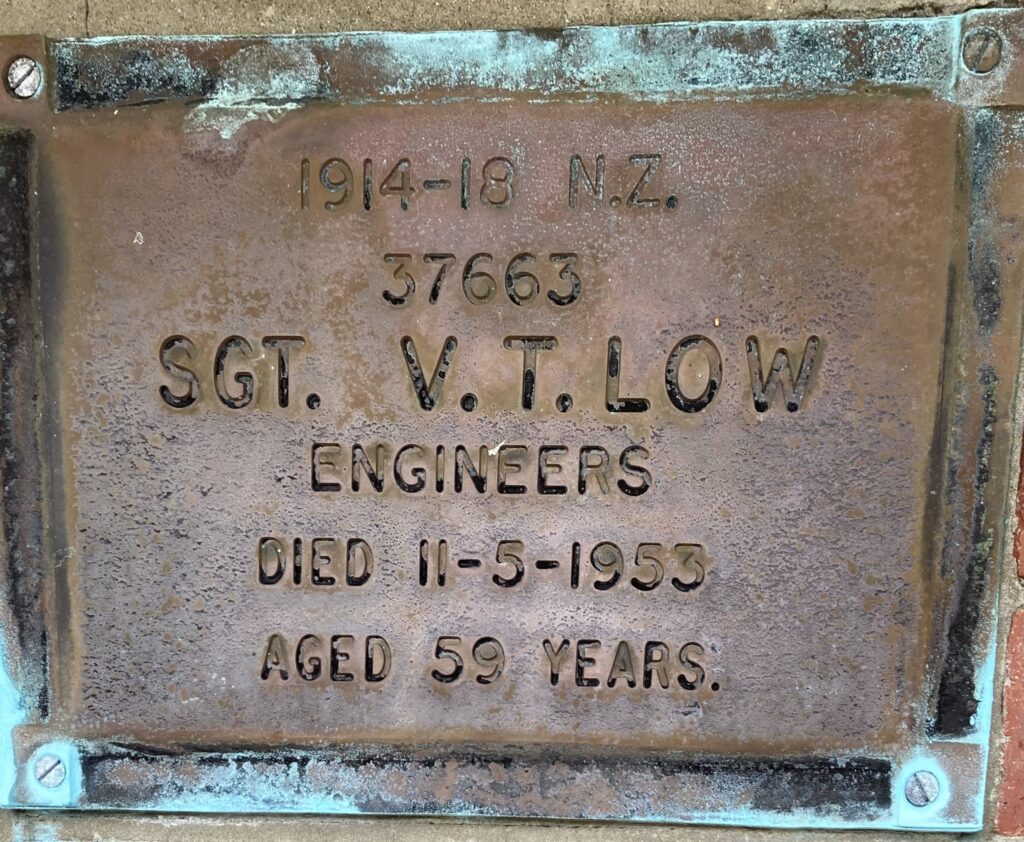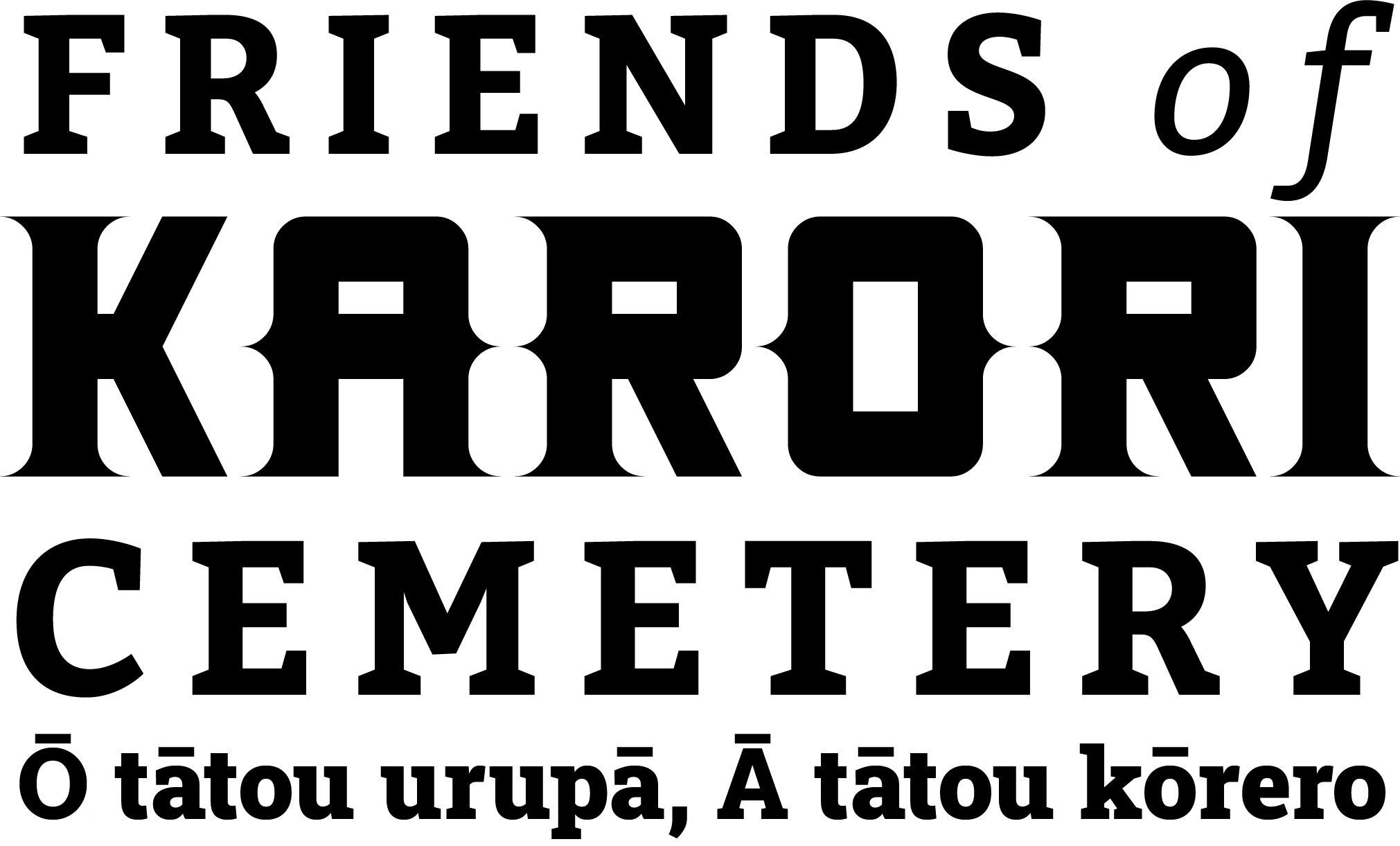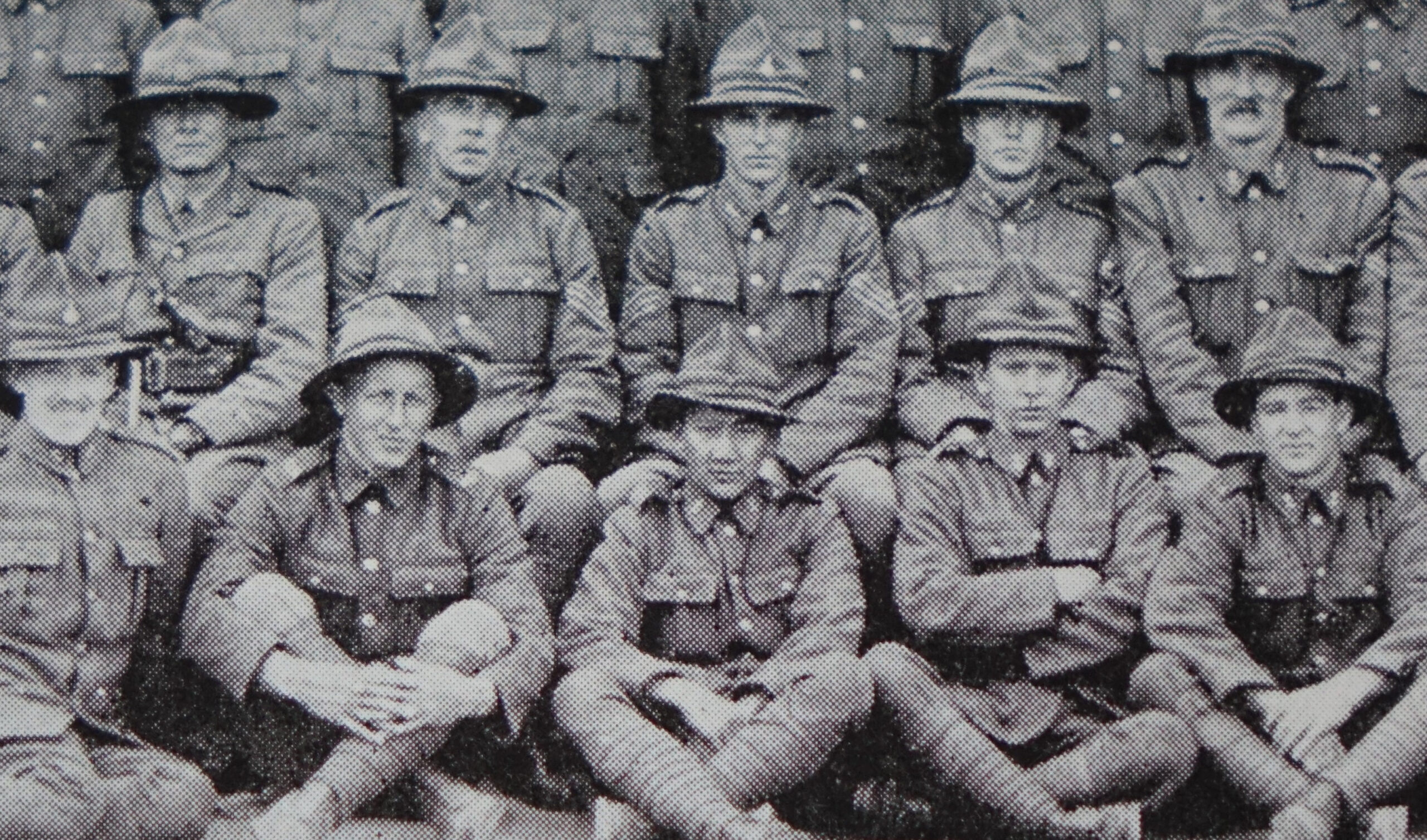Victor Lo Keong was born in Dunedin on 3rd July 1894 to Matilda Kum (Cum Hong) and Joseph Lo Keong. Matilda is recorded as the first female Chinese immigrant to New Zealand and Joseph was the second known Chinese arrival in Dunedin. The couple had met in Australia.
The Lo Keong’s are widely regarded as New Zealand’s first Chinese family and Victor was one of their six children.
The Lo Keongs ran a fancy-goods store in Dunedin and raised their children to be part of wider New Zealand society, speaking English and attending public schools. Victor and his brother, Norman, both studied engineering at Canterbury University.
Twenty-two-year-old Victor Low (Lo Keong) enlisted in January 1917. His profession was listed as ‘civil engineer’. Victor was attached to the 5th Tunnelling Reinforcements, who were bound for France to reinforce the NZ Engineers Tunnelling Company.
Victor attended training at Narrow Camp in March 1917 and then left Wellington on the Turakina on 26th April 1917, the day after Anzac Day. By then, news of the extraordinary work of the New Zealand Tunnellers who had developed an extensive underground system as part of the 9th April 1917 British Battle of Arras was filtering back home.
Victor had two periods of leave during 1918. One trip to Paris and another to the United Kingdom. Whilst in the United Kingdom Victor was hospitalised with influenza in September 1918. He rejoined the company in early October 1918.
Whilst the main group of New Zealand Engineers Tunnellers were repatriated as a complete section, Victor remained in the United Kingdom in the Army Education Unit until August 1919.
While Victor was in the Education Unit as a sergeant, the idea of constructing a lasting memento of the New Zealanders’ occupation of Sling Camp was put forward by Brigadier-General Alexander Stewart, the camp’s commandant. The British Army gave permission for the construction of a kiwi on military land on the nearby Beacon Hill. The work would keep soldiers occupied while they waited to go home.
Victor surveyed what became known as the Bulford Kiwi. The chalky soil was similar to that at Arras, with which Victor was familiar. The soldiers cut the kiwi by hand. The soil was dug out to a depth of 30cm, exposing the chalk beneath. The kiwi is 128m long, with its beak extending 45.7m and the ‘NZ’ letters standing 20m high. The work was completed on 28th June 1919- the day the Treaty of Versailles with Germany was signed.
When Victor left the army he travelled to Hong Kong, where he worked for many years for the architectural firm Palmer and Turner. Victor and his wife Emily left Hong Kong in 1941, shortly before the Japanese attacked the island. They travelled through China to Chungking and into India, before returning to New Zealand in 1943.
Once back in New Zealand, Victor and Emily lived on Cuba St, Wellington, and Victor worked for the Ministry of Works in Wellington as an engineer.
Victor died on 11 May 1953, aged 59. His ashes are interred in the columbarium Wall in the Services Section.
Emily died in 1986 in Morrinsville. The couple had no children.
